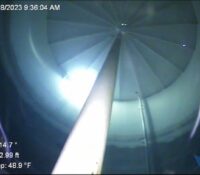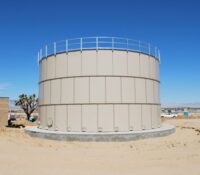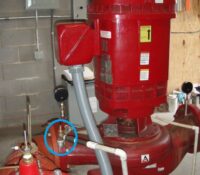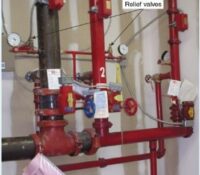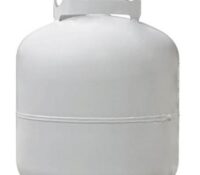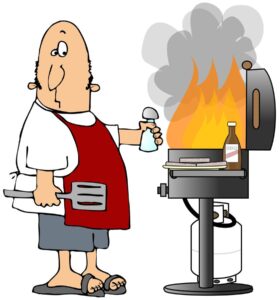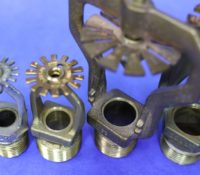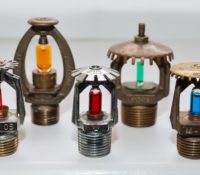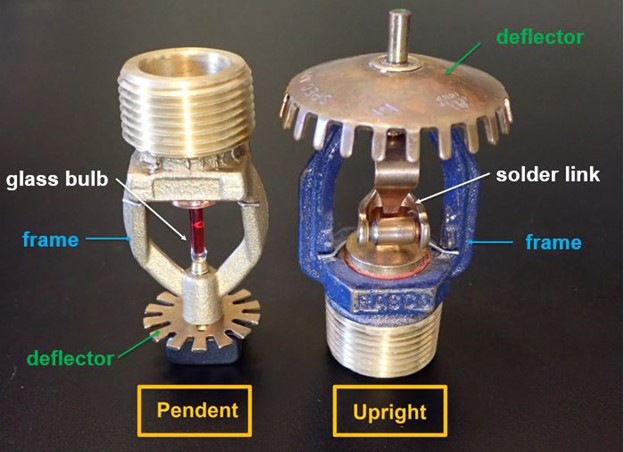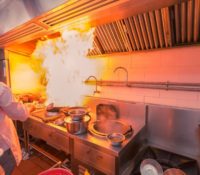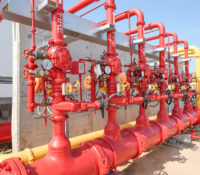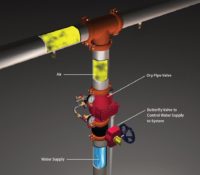Dive Into Suction Tank Issues and Inspections
Privately-owned water tanks supplying fire protection systems have a long history. The NFPA published the Standard on Gravity Tanks in 1909. It is one of the oldest NFPA codes, predating even the Life Safety Code’s precursor, the Building Exits Code, first published in 1927. The Standard on Gravity Tanks evolved over the years to become NFPA 22, Standard for Water Tanks for Private Fire Protection. The inspection, testing, and maintenance requirements for all types of private fire water storage tanks are laid out in NFPA 25, Chapter 9 – Water Storage Tanks. While there are about eight different types of fire water tanks, I’d assert that the most common type today is the steel suction tank. Read More



